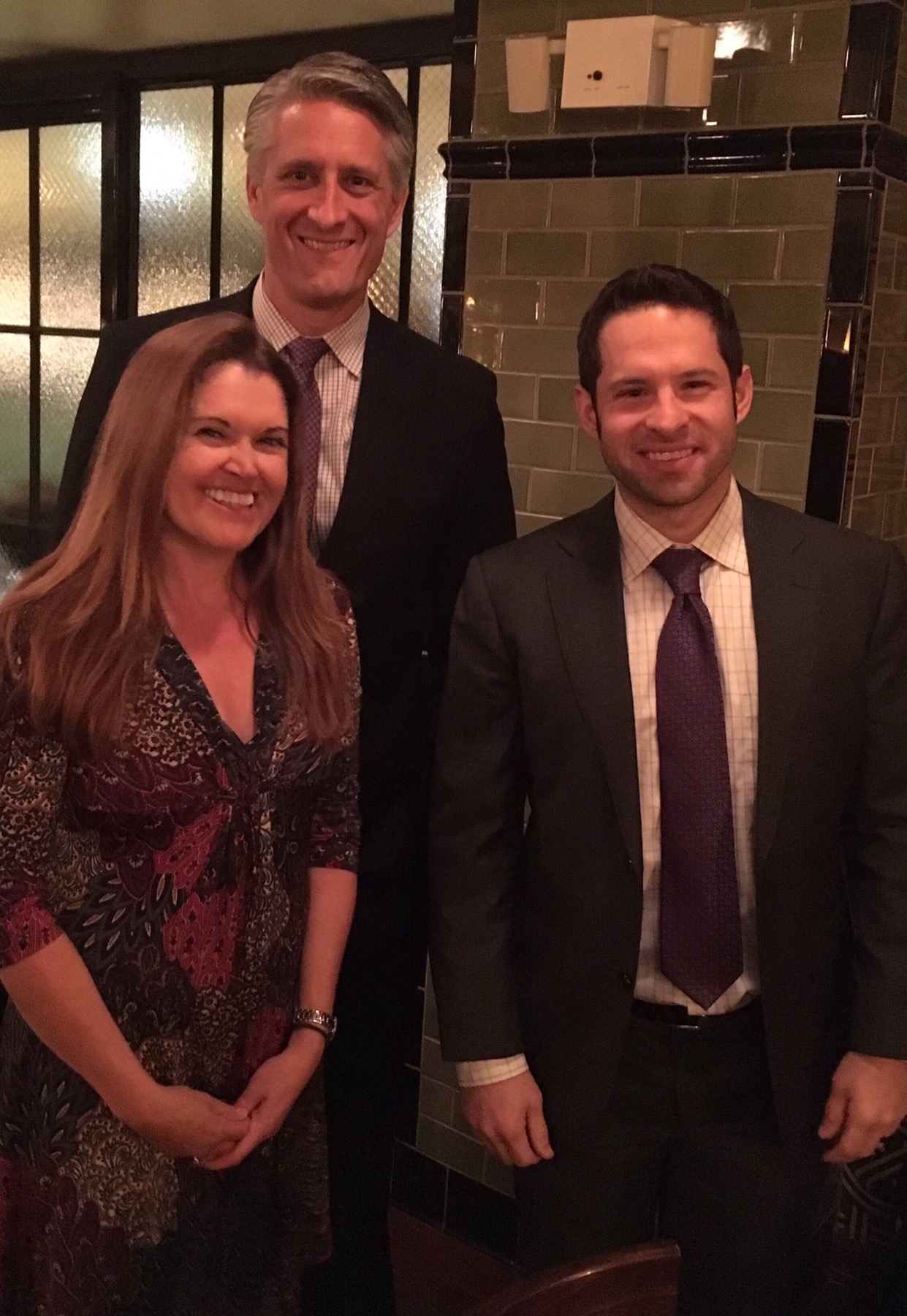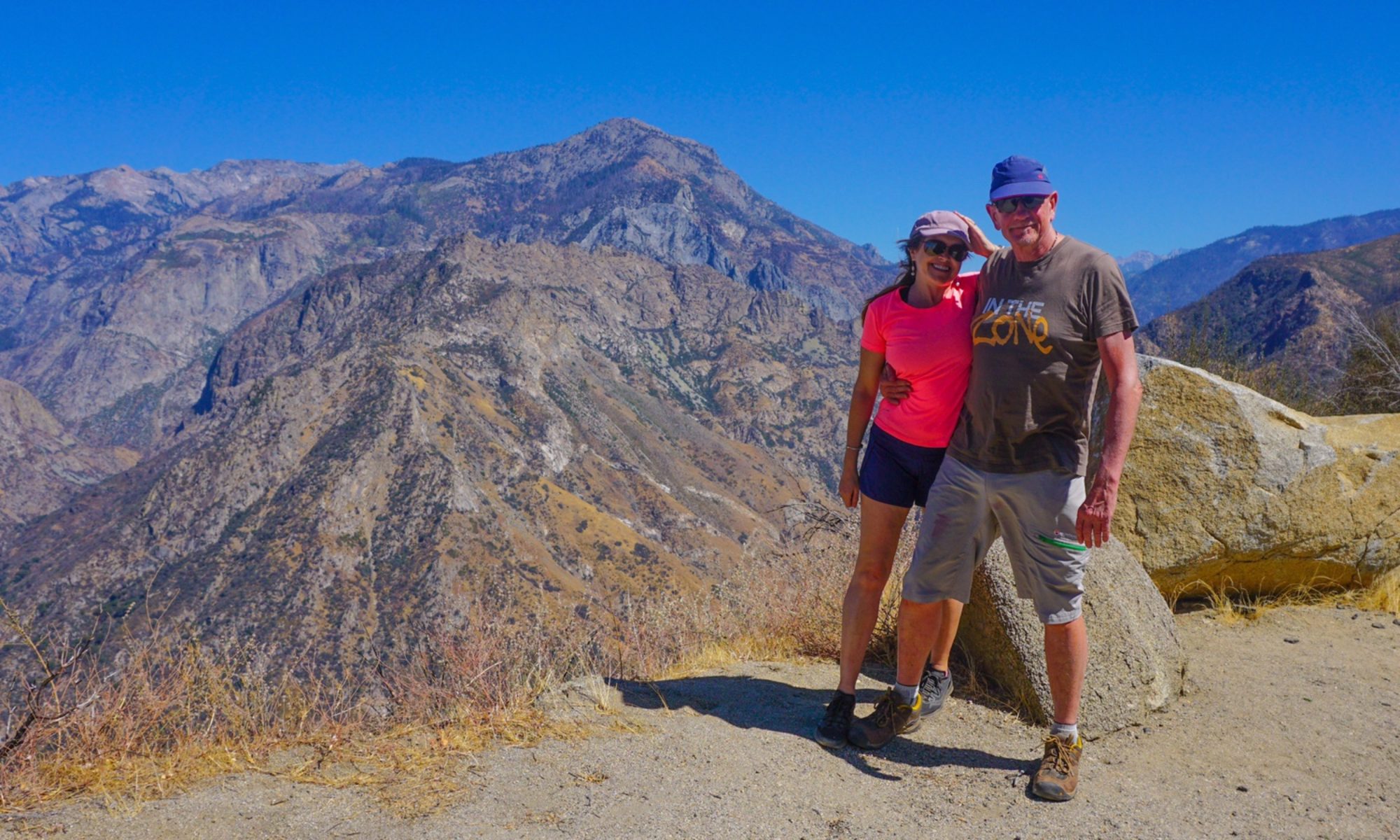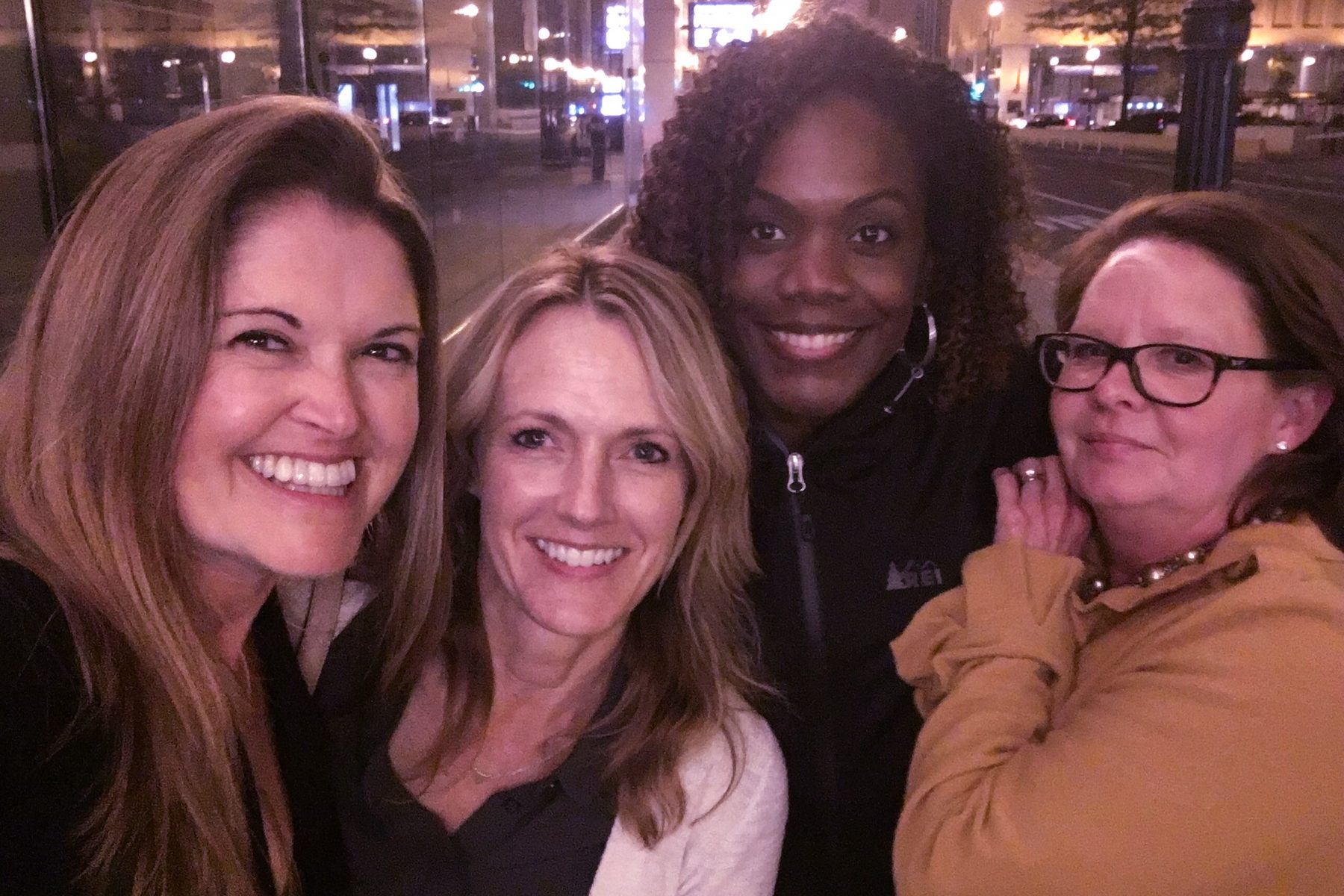Author: Mrs A
Location: Chicago
Sunday 10 September
Distance walked: 7km
I managed a whole 6 hours sleep on Saturday night, waking around 4am on Sunday morning, bright eyed and bushy tailed. Frustrating. Got to love jet lag eh? It was another stunning blue sky day here in Chicago and I decided to get out there. As I left the hotel I had no plans for my day, but spontaneously decided to join the crowds of Chicago Bears fans heading to Soldier Field to watch them play.
The atmosphere was great, with hundreds of people all in their football shirts walking through the parklands, with the occasional cycle rickshaw bombing past playing their varying theme music. I was tempted to go in and watch, but having absolutely no idea about what I was potentially going to, decided to give it a miss.

Instead I turned and took a look inside the Field Museum.

This is Chicago’s Natural History Museum, famous for Sue the largest and most complete (90%) Tyrannosaurus rex skeleton currently known. It has a large collection of taxidermied animals and birds from the early 1900s – I had a quick look around this but found it quite eerie and uncomfortable, somewhat like walking through a zoo where all the animals have died. It gave an interesting insight in the world of the 18 and 1900s where collectors would bring animals back from around the globe, many of these creatures are now extinct. One sad tale which had photographic evidence was that of the passenger pigeon. They used to flock in their billions. Yes, billions! One flock could take 17 hours to fly past. Now there is not one bird left alive.

An interesting exhibition was that following the continent of North and South America in terms of civilisation from the Ice Age onwards. A fascinating study in anthropology, looking at human life as it became more sophisticated, changing from hunter-gathering, to farming, and gradually building up a society with hierarchy and buildings (such as the Aztecs and Mayans). This was more my cup of tea.
My next visit within the museum was to collections usually not seen by visitors. By now I was concerned it was going to be more stuffed animals, but I was relieved to see that although dead, the animals were preserved for scientific purposes. The collections are constantly being revisited and often reveal surprises. One recent look at a collection of thousands of bugs collected on a night during the 1980s revealed a totally new species of centipede, and testing of seagulls collected at the turn of the 1900s and compared with seagulls of 2017, revealed that today’s ocean scavengers are 4,500% more polluted than their predecessors – predominantly with heavy metals such as mercury. It makes you wonder whether the world can ever recover from such damage.
I finished up with an exhibition which demonstrated how the museum’s scientists spend their days conducting research to help create a more sustainable world. Finishing on a note of hope before I strolled back to the hotel for an afternoon nap.
I caught a bus along into the city to meet some of my Vanderbilt University team colleagues for dinner. I had the fortune to have a lovely bus driver who allowed me to pay whatever coins I had (about 80 cents!) into the ticket machine as I had no change and the machine didn’t give any. Very kind.
It was fabulous to meet Cheryl Kinnard in the flesh – she and I have been emailing one another for about two years on an almost daily basis as I recruit members for the research study. There were also three patients there. Shaunda, Kesi and Robin were recruited as patient partners by their doctors. It’s not very often I get to meet another ISGS sufferer face to face – I had forgotten how good it is to be able to share experiences with people who truly understand. Dr Alex Gelbard also joined us for dinner – he’s the leader of the grant research program, and who recruited me back in 2014.
Monday 11 September (9/11)
Distance walked: 8km
After a fun evening out I had a terrible night’s sleep. I woke up after only two hours, and lay in bed for the next three with my mind whirring and unable to still. Eventually I got up around 4am and started refining my presentation to the North American Airway Collaborative.
As a recap for those who have forgotten and an update for those who don’t know, the North American Airway Collaborative is a group of medical institutions across the USA, UK and Australia who have joined together to conduct a shared research project into a rare disease, idiopathic subglottic stenosis. The disease affects predominantly women (around 98%) and involves scar tissue appearing in the trachea (airway) and gradually closing up the passage. Nobody knows why this happens, and there are a wide variety of treatments, all with varying success rates.
I was invited to join the team at Vanderbilt University back in 2014, and together we submitted an application for a rare disease grant, which we won. Since then we have been busy enrolling patients into the longitudinal study via their doctors, and via the Living With Idiopathic Subglottic Stenosis Facebook Group I manage.
The aim of today’s meeting was to offer some interim results to the participating doctors, some highlights of what is being found in the research. The presentation was being held in the basement of a gastropub called The Gage. I put some finishing touches to my presentation and chatted to the two key doctors involved in the research, Alex Gelbard and David Francis about how it should all proceed. Before long doctors began arriving and mingling over finger food and cold beverages. It was amazing how many I knew from over the years – I have emailed most of these people telling them about the support group I set up and sharing research I have conducted. Some even asked for photos with me, as if I was the celebrity, rather than them!
The event was professionally filmed and photographed, and all attendees interviewed to capture their thoughts about the importance of the research. A really well organised occasion.
I was really pleased Dave Veivers, my surgeon from Sydney, also made the event, as he got a mention in my presentation! A photo below with two of the USA doctors, Robert Lorenz and Paul Bryson who treat a large number of patients with this condition in Cleveland, Ohio and considered experts in the area.

I think all went well – I got some lovely emails and messages after the event:
“…Thank you so much for making the effort to come over. It was truly inspirational.” Dr Robert Lorenz, Cleveland Clinic, Ohio
“It was a pleasure to meet you, thank you very much for coming all the way from Australia to Chicago to present your work on iSGS with your social media group…” Dr Marshall Smith, University of Utah
My afternoon was spent with the Vanderbilt doctors, drinking rosé wine and eating delicious oysters in a nearby bar, talking about the opportunities ahead. The grant finishes at the end of next year, with final results to be presented next September 2018 in Atlanta. Everyone has urged me to attend that – so I guess that means I will be back! The challenge is to find funding to continue the research beyond 2018. Now we have this fabulous database of 1,000 patients participating in research, it would be terrible if all that learning stopped next year.
The evening concluded with a delicious Italian meal with Cheryl, Kesi and Shaunda, and in bed asleep by 8.30pm!



Well done 👍 sounds amazing! Did you say your sister works for a medical research charity that funds groundbreaking medical research projects. Although would have to be based in the U.K. and benefit children! Xx
Amazingly yes, I did!!!
Fascinating….well done Catherine….you are an” inspiration”……instead of worrying about your personal breathing issues…you are part of the solution BRILLIANT ! 🍷😘
(Also you and Mark put most of us to shame for our lack of activity ..TOP STUFF )
Thank you Richard, am so proud to be here, it’s just incredible the momentum we have got. Just need to keep it going 🙂
You have every reason to be proud!
And you continue to amaze me with your energy and drive – even with a lack of oxygen.
Aw thank you so much ❤️❤️xx
As at 1034 the cat really is away. A delightful chapter ends and Tassie left with a smile and a lot of pampering.
Ooh will you miss her stroking your beard? Were they kind to her? Did she have her nice blanket with her? Anxious mother over here in the USA….hope she’s ok! Thank you for loving her xxxx
You are one go ahead lady Mrs A. Your energy makes people want to improve their wellbeing and find solutions to those breathing issues.
Congrats
Thank you 😘